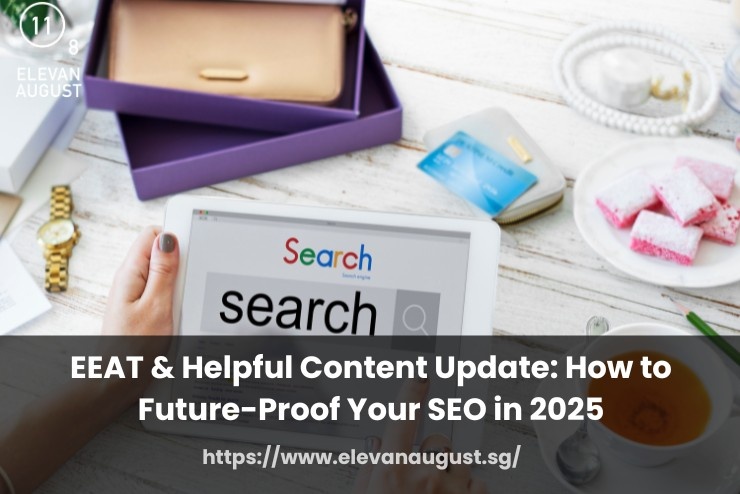Google’s algorithm has always evolved, but the past few years have brought a noticeable shift.
The Helpful Content Update and EEAT guidelines (Experience, Expertise, Authoritativeness, and Trustworthiness) are no longer just background signals. They now shape which pages earn visibility—and which fall away.
You’ve probably already seen the impact. Rankings fluctuate, traffic dips unexpectedly, and older “evergreen” content begins to lose ground.
What used to work, no longer holds. What works now, builds differently.
Here’s how you can approach SEO in 2025 with structure that adapts, not scrambles.
Prioritise original input over summarised content
Google wants to surface content that adds value, not just repeats what’s already ranking. Pages that regurgitate generic tips rarely survive long.
Instead, offer something that comes from direct experience: an opinion, a quote, a short study, or a unique data point.
For example, if you’re writing about content ROI, include lessons from a campaign you’ve run. If you manage email marketing, talk through actual metrics you’ve improved. Helpful content earns trust because it sounds like it was written by someone who’s done the work.
This is where a content creation agency Singapore teams trust can help translate raw insights into structured, search-friendly content without losing its voice.
Surface the source and voice behind the content
Author visibility matters. The update puts weight on who is speaking and why they’re qualified to speak.
That means vague bylines or faceless copy make it harder to rank well. Adding bios, linking to expert credentials, and showing contribution across pages makes a difference.
This doesn’t just apply to blogs. Even landing pages, thought leadership, or newsletters benefit from this shift. When readers—and Google—can clearly tell the source has experience, the content carries more weight.
Build content that answers layered questions
Helpful content means satisfying real intent, not just surface-level queries. That often means going beyond what fits in a short paragraph.
Let’s say someone searches for “how to start a pop-up shop in Singapore.” A helpful result won’t just list permits. It will cover location research, visual merchandising, promo channels, and costs. Google now rewards content that anticipates the full journey, not just the first step.
One way to achieve this is through branded content Singapore readers already engage with—how-to videos, carousel guides, or checklists that extend beyond written pages.
Link between related pages with intention
Internal linking now carries more responsibility. It is no longer just a navigational tool. It’s how Google connects your depth across a topic.
If you’re writing a series on customer retention, link between your strategy page, your case study, your FAQ, and your comparison of tools. When those pages relate well and support each other, your site earns topical authority—and more visibility.
This is especially important for sites that are still building backlinks. A smart internal structure lets you pass context and strength across your own pages.
Keep your content updated (even if rankings look stable)
Evergreen doesn’t mean untouched. If the article was written in 2022, chances are parts of it feel stale by now. Outdated screenshots, old stats, or missing features slowly pull the content down in credibility.
A quick refresh every few months can make a huge difference. Add a note on what’s changed, insert a recent example, or update the CTA to match what you offer now.
Agencies often help clients schedule content audits and keep things maintained without starting from scratch.
Treat formatting as part of the message
How your content looks affects how helpful it feels. Huge walls of text or too many nested lists can break the flow, even if the information is useful.
Break content with subheads that explain what’s coming next. Use bold text sparingly to highlight what matters. Add alt text to images and captions that explain rather than label.
Good formatting signals care. It helps readers move through your message with less friction, and keeps them there longer.
Final Thoughts
Helpful content now means something very specific: content that comes from experience, answers something completely, and makes it easy to act.
It requires structure, voice, and clarity—and that applies whether you’re writing a blog, a carousel, or a video script.
That’s how we approach SEO content too. Our team doesn’t chase shortcuts. We work with brands to shape their voice, structure their content system, and adapt it to fit what Google and readers both expect.
If you’re building toward visibility that lasts, we’re always open to a conversation. Get in touch with us today and let’s talk.






